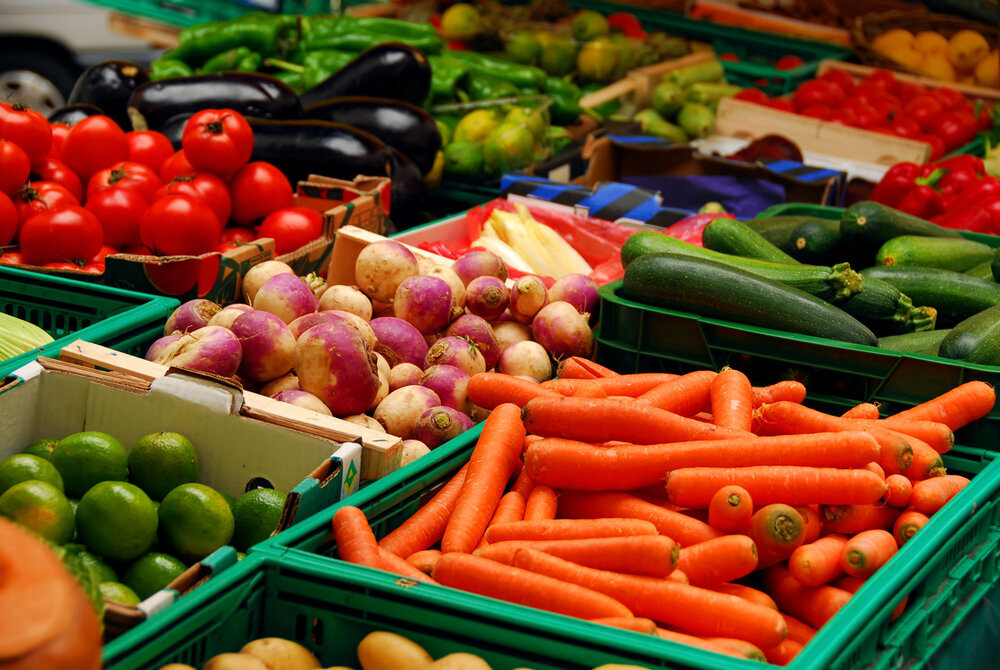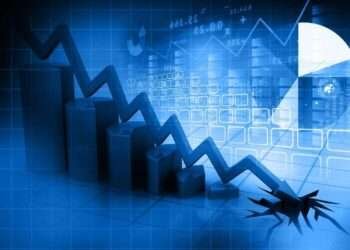Despite the devastating effects of the COVID-19 pandemic on the Ghanaian economy that resulted in price hikes during the Lockdown in March last year, Ghana recorded average yearly inflation of 9.9% in 2020 and this falls within the Government’s inflation targeting bound of 8±2%.
Even though average inflation was within the medium-term target of 8±2%, activities in the last month of the year 2020 resulted in an overall increase in the Consumer Price Index (CPI) which currently stands at 10.4% as at December 2020.
After going to a record high of 11.4% in July last year, inflationary pressures eased gradually in the subsequent months returning to single digits in November (9.8%).
The return of inflation to single digits was commended by experts who indicated that inflation may remain in the single digits for quite a long time.
“…we expect it [inflation] to be in the single-digit for a long time. I expect this single-digit inflation to continue for the next three years; the medium term”, an Economist and Lecturer at the Department of Economics, University of Ghana, Dr. Adu Owusu Sarkodie told the Vaultz news last month.
However, the recent rise in inflation may come as a surprise to many who thought the country has been able to tame ‘the evil’ that renders their money valueless.
The Ghana Statistical Service (GSS) has, however, attributed the recent increase in inflation in the last month of last year to the increased rate of food inflation. The GSS said, “without this increase, year-on-year inflation would have been lower than last month [November 2020]”.
Despite policies put in place to ensure an abundant supply of food in the country, especially the Planting for Food and Jobs (PFJ) initiative, prices of food continue to soar.
Food contributed 59.1% to the total inflation in December 2020. This is the highest contribution recorded after April 2020 when COVID-19 started to inflict its ‘merciless harm’ on the Ghanaian economy. Food contributed 59.6% to total inflation in April which was mainly due to panic buying by consumers as a result of the lockdown.
Within the Food Division, Vegetables was the Subclass with the highest rate of inflation, contributing 24.2% to food inflation, followed by Fish and other Seafood with 22.9%.

The overall month-on-month Food inflation was 1.5%, 1.2 percentage points higher than last month and higher than both on average in 2020 and in the same month last year.
The consistent rise in vegetable prices in the country leaves much to be desired. It points to the fact the country still relies so much on rain-fed agriculture making supply fall short of demand.
“Vegetable farming requires irrigated land … we don’t do a lot of irrigation and so, when the weather changes, then we have problems with vegetable production. Our agriculture has been mainly rain-fed and vegetables are demanded all year-round. Unlike maize where we do the main season then we stop, vegetables are perishable commodities. So, now and then, you should be planting, and harvesting and that requires irrigation”, Professor Peter Quartey, an Economist, and Director of the Institute of Statistical, Social, and Economic Research (ISSER) told the Vaultz News.
To this end, the ISSER boss called on the government to support vegetable farmers with irrigation facilities to assist the production of vegetables so as to ensure an all-year-round supply. Also, he advocated the need for investment in greenhouse vegetable farming as a way of ensuring the availability of vegetables throughout the year.
However, the hike in food prices in December last year could be as a result of the Christmas festivities during which demand for food is mostly high.
Nonetheless, the 2020 elections could also have contributed to the price hikes especially last year’s election that was keenly contested. Due to uncertainties, households may want to buy some food stuffs and stuck as a buffer which they can fall on in case of any eventualities.
In this month of January, where little rains are expected, unless farmers are supported and encouraged to use irrigation facilities in their farms, food prices are expected to remain high, against the backdrop of re-opening of schools.
READ ALSO: Lack of irrigation responsible for high vegetable prices























